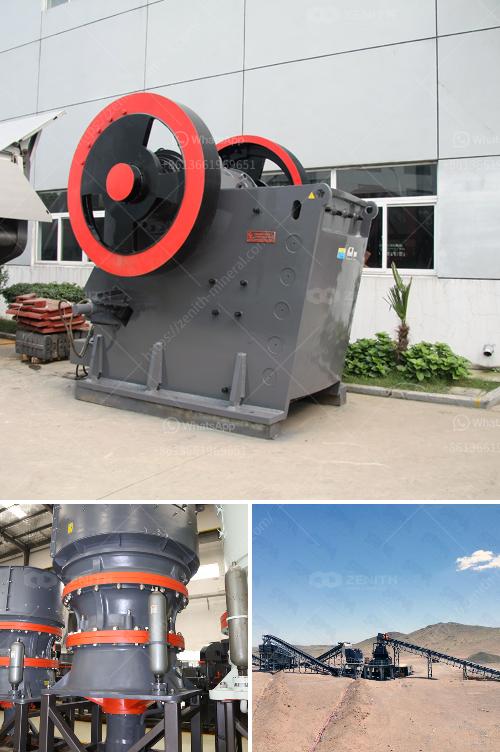To crush pumice, a variety of equipment is necessary to ensure the process is efficient and effective. Here is a detailed list of the essential equipment:
-
Jaw Crusher:
- Function: This is typically the first stage in the crushing process. A jaw crusher uses compressive force to break down large pieces of pumice into smaller, more manageable sizes.
- Features: It consists of two plates, one stationary and one that moves back and forth. The material is fed into the top of the crusher and is crushed between the plates.
-
Hammer Mill:
- Function: After the initial crushing, a hammer mill can be used to further reduce the size of the pumice particles. It uses high-speed rotating hammers to impact and shatter the material.
- Features: The mill has a series of hammers attached to a rotating shaft. As the shaft spins, the hammers strike the pumice, breaking it into finer particles.
-
Cone Crusher:
- Function: For secondary or tertiary crushing, a cone crusher is often used. It crushes the pumice by squeezing it between an eccentrically gyrating spindle and a concave hopper.
- Features: The cone crusher is suitable for medium to very hard materials and is known for its high efficiency and uniform particle size output.
-
Impact Crusher:
- Function: This type of crusher is used for further size reduction and shaping of the pumice particles. It works by using impact rather than pressure to crush the material.
- Features: The impact crusher has a high-speed rotor with wear-resistant tips and a crushing chamber designed to throw the pumice against the chamber walls, breaking it into smaller pieces.
-
Vibrating Feeder:
- Function: To ensure a consistent flow of pumice into the crushers, a vibrating feeder is used. It regulates the feed rate and ensures that the crushers are not overloaded.
- Features: The feeder uses vibration to move the material along a conveyor belt or chute, providing a steady and controlled feed to the crushers.
-
Screening Equipment:
- Function: After crushing, the pumice needs to be screened to separate it into different size fractions. Screening equipment sorts the material based on size.
- Features: This equipment typically consists of a series of screens with varying mesh sizes. The material is passed over the screens, and particles that are too large are returned to the crusher for further processing.
-
Conveyors:
- Function: Conveyors are used to transport the pumice between different stages of the crushing process and to move the final product to storage or packaging areas.
- Features: They can be belt conveyors, screw conveyors, or pneumatic conveyors, depending on the specific requirements of the operation.
-
Dust Collection System:
- Function: Crushing pumice generates a significant amount of dust, which needs to be controlled to protect workers and equipment. A dust collection system captures and filters the dust.
- Features: This system typically includes hoods, ducts, fans, and filters. The dust is collected at various points in the crushing process and transported to a central collection point.
-
Control System:
- Function: An automated control system is essential for monitoring and controlling the entire crushing process. It ensures that all equipment operates efficiently and safely.
- Features: The control system includes sensors, controllers, and software that provide real-time data on equipment performance and process parameters. It can also include safety interlocks and emergency shutdown features.
By using this comprehensive set of equipment, the process of crushing pumice can be carried out efficiently, producing the desired particle sizes for various applications.

